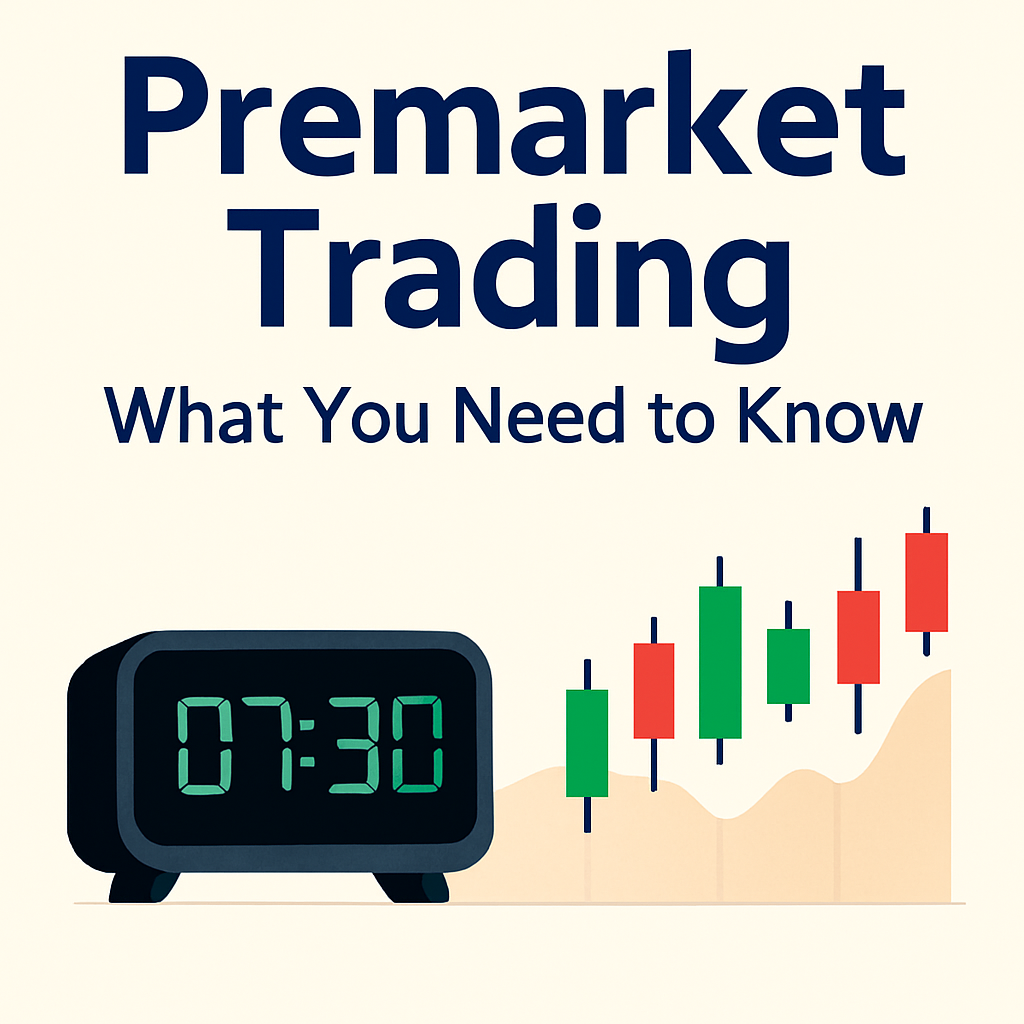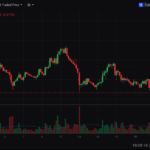What Is Premarket Trading?
Premarket trading refers to buying and selling stocks before the regular market session officially opens. While the standard U.S. stock market operates from 9:30 AM to 4:00 PM Eastern Time (ET), premarket hours typically run from 4:00 AM to 9:30 AM ET. This early session allows investors to react to breaking news, overnight earnings reports, or global events before the broader market gets involved.
Why Trade During Premarket Hours?
1. React to Overnight News: Many major announcements, including earnings releases and geopolitical events, occur outside of regular trading hours. Premarket trading gives investors a chance to act before the news fully impacts the markets.
2. Take Advantage of Price Gaps: Stocks often open at significantly different prices compared to the previous day’s close, known as “gaps.” Savvy traders can capture quick profits by trading these gaps early.
3. Early Positioning: Institutional traders and experienced retail traders use premarket sessions to position themselves ahead of the day’s main moves.
Risks of Premarket Trading
⚠️ Lower Liquidity: Fewer participants mean fewer shares being bought and sold, making it harder to execute large orders.
⚠️ Wider Spreads: The difference between the bid and ask prices tends to be much wider, increasing trading costs.
⚠️ Increased Volatility: With less volume and fewer players, even small orders can cause significant price swings.
Premarket trading isn’t for everyone. It demands a solid understanding of volatility and risk management.
How to Access Premarket Trading
Not every broker offers access to premarket hours. Here are some that typically do:
- Interactive Brokers
- TD Ameritrade
- Charles Schwab
- Fidelity
You’ll often need to place limit orders instead of market orders to avoid unexpected price fills.
Best Strategies for Premarket Trading
✨ Gap and Go Strategy: Look for stocks with significant overnight news and strong premarket volume. Enter early with tight risk controls.
✨ News-Based Trading: Focus on breaking news catalysts (mergers, earnings beats/misses, product launches) and trade based on likely market reactions.
✨ Scalping High Volume Stocks: Quick in-and-out trades based on short bursts of volume and momentum, ideal for experienced traders.
Conclusion
Premarket trading offers opportunities to capitalize on news and early price movements before the broader market opens. However, the risks — including lower liquidity and higher volatility — mean it’s best suited for informed, prepared traders.
Always approach premarket sessions with a plan, strict discipline, and a keen awareness of risk.







